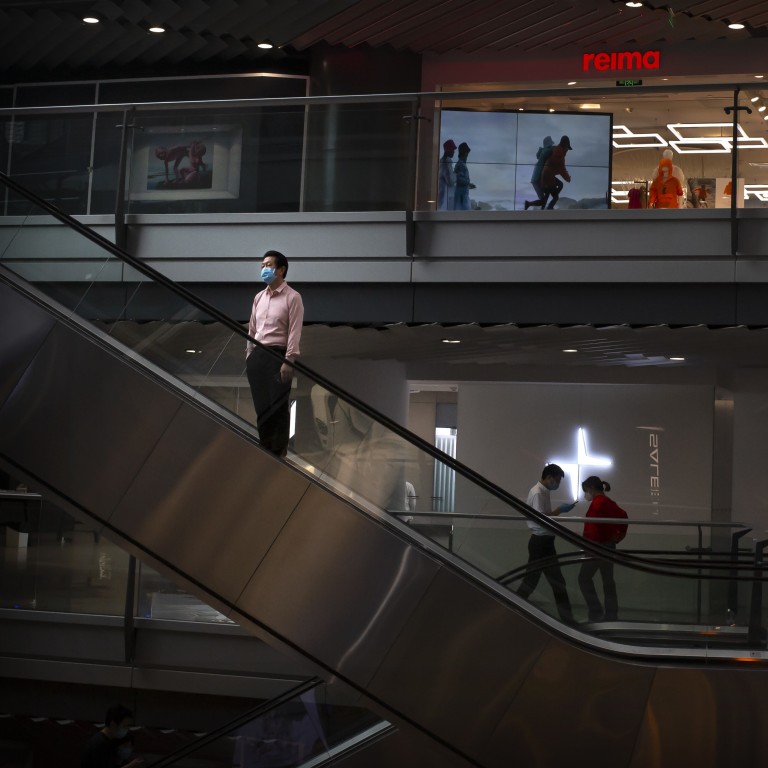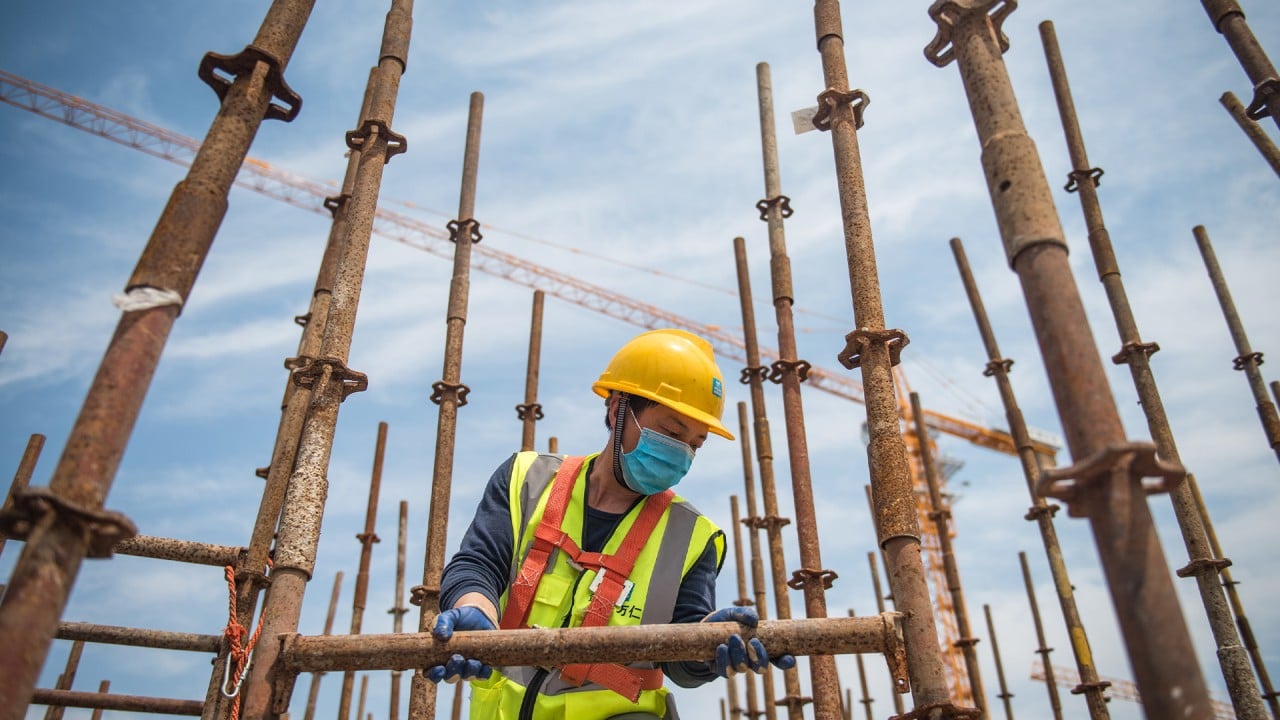
Coronavirus: China’s pandemic lifeline for small firms draws lukewarm response from business owners
- At the National People’s Congress in Beijing, Premier Li Keqiang announced support for SMEs, including delayed loan repayments and more bank loans
- Policies drew mixed responses from small business owners, some of whom are sceptical about whether they will work in practice
The Chinese government will offer more financial assistance to small and medium-sized businesses to help ease the economic shock of the coronavirus pandemic, according to its main policy-setting document, released on Friday.
Small and medium-sized enterprises (SMEs) will be entitled to delay loan and interest payments by a further nine months, and big commercial banks will be obliged to increase lending to SMEs by more than 40 per cent, Li said.

05:02
Coronavirus backlash further fraying China’s ties to global economy
“Domestically, consumption, investment, and exports have declined. Pressure on employment has risen significantly. Enterprises, especially micro, small, and medium businesses, face growing difficulties,” he added.
SMEs are the lifeblood of China’s economy, currently representing more than 90 per cent of all businesses in the country, contributing over 60 per cent of gross domestic product, over 70 per cent of all patents, and 80 per cent of employment. There were 18.07 million SMEs in China at the end of 2018, a 115 per cent increase from the end of 2013, according to the National Bureau of Statistics.
But with the pandemic ripping through the economy, they are generally the businesses to suffer most. For SMEs, it is much more difficult to obtain credit, with many thousand thought to have gone bust during the lockdown in January and February.
Even so, not all SMEs were so welcoming of the new policies.
“I am not an idiot, I know these kinds of loans – they are for the enterprises to pay the employees to ease social unrest, but we business owners are the ones to bear the consequences. I am not stupid, I’d rather close my factory and cut my losses in a timely manner,” wrote one entrepreneur in a WeChat post, who declined to give his name.

05:26
Chinese businesses still face grim economic reality despite Covid-19 restrictions being lifted
Ding Yi, owner of Wuxi Huansheng Precision Alloy Materials, said he had been trying to get preferential terms for bank loans for years, but failed every time. His business’ revenue fell by about 2 million yuan (US$281,000) in February, when the deadly virus was raging in China, but started to pick up gradually in March.
“The preferential policies are good of course, but there are so many obstacles when it comes to enforcement. I have about 200 employees, but every time I tried to apply for the preferential terms for bank loans, the local government would say my company is not an SMEs because revenue was too high, according to the official definition of SMEs,” Yi said.
SMEs in China are classified by the number of employees, annual revenue and total assets. For example, a small-sized industrial enterprise can have a maximum annual revenue of 20 million yuan (US$2.8 million), while a medium-sized hotel is required to employ a minimum of 100 people.

